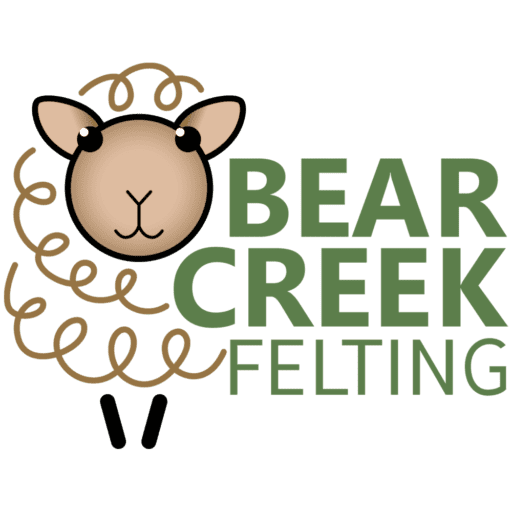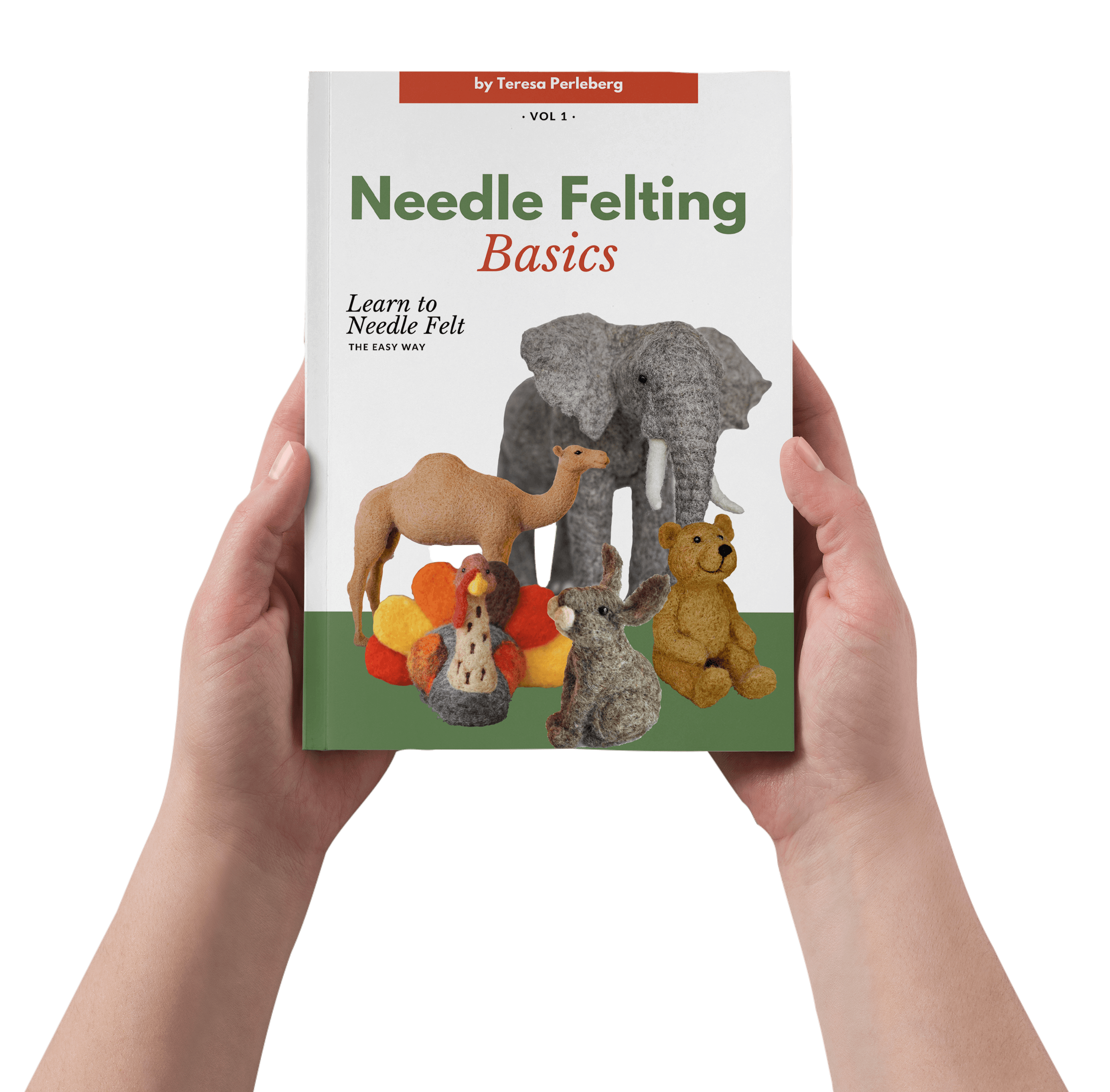
What wool should I choose for felting?
Have you wondered if you should use Icelandic wool? If you have done any needle felting at all, or you are looking to start you will be wondering what breed of wool to use. I was lucky when I was just beginning I had a flock of sheep with wool that worked perfectly for needle felting. Romney wool has been my favorite for years and what I use in 95% of my sculptures. I have been asked many times what my favorite wool breed is to use when felting. I would always say Romney, but didn’t feel qualified to honestly answer that question without trying out different types of wool.
In 2015 I began needle felting through the sheep breeds, making a certain breed of sheep out of it’s own wool. I also began hosting a Felt-Along on Facebook so we can all felt together and discuss our thoughts on the wool we have chosen for that felt along. I have learned a lot about the different breeds as well as their wool as we go. I have been posting what I have learned here on my website for each of the wool breeds I have used, giving my opinion based on my experience felting with the wool. Keep in mind fleeces can vary greatly within the same breed depending on their health and care. I try to keep this in mind as I give my opinions.
I felted a sheep using Icelandic wool and want to share with you what I found.
Icelandic Sheep
There are a few things that I found fascinating about Icelandic sheep that I didn’t know before.
- I usually hear the words dual purpose breed when talking about sheep and this was the first time I had heard triple purpose. Icelandic are noted for their wool, meat and milk.
- They have naturally short tails.
- The fleece is dual coated.
- They are a small/midsize breed with ewes averaging 130-160 pounds, and rams averaging 180-220 pounds
- Their length of gestation is slightly lower than average.
- Icelandics have one of two base colors either black or moorit (brown). They exhibit 5 pattern combinations, white, gray, badgerface, mouflon and solid. Individual sheep may also display various shades of these colors/patterns, ranging from white, cream, light gray, tan, caramel, milk chocolate, silver, dark chocolate, dark gray, to jet black. A spotting gene adds even more combinations with many recognized and named patterns of white markings. You will find more information at Icelandic Sheep Breeders of North America.
The Wool
So what does it mean, they have a dual coat? Well, they have a fine, soft undercoat called thel and a longer, coarser outer coat called tog. The thel is around 2-3 inches, while the Tog is 4-6 inches. Tog grows from the primary hair follicles and the thel from the secondary follicles. According to the Icelandic Sheep Breeders of North America tog is a true wool, and is not a kemp or guard hair. The thel is downy soft and the tog is more like mohair. According to the Fleece and Fiber Sourcebook Icelandic fleeces shorn at different times of the year feel different in handling and spinning.
When purchasing Icelandic wool that has been processed into roving you will most likely be buying both the thel and tog processed together. However if you purchase raw Icelandic wool you can separate the tog from the thel by hand. There are several videos out there showing how to do this if you google tog and thel.

Felting with Icelandic Wool
If you have read any of my previous posts in this series you will know what I think of course long hairs in my felting. What I have learned most in working with this wool and learning about this breed is that I should learn a few things before purchasing wool.
The tog didn’t felt well and so I attempted to pull it out while felting. The thel on the other hand felts like a dream. Perhaps even better than my Romney. So in my opinion if you can get rid of the tog first it would be amazing to felt with. I watched a few videos showing how to separate them and thought it looked a little tedious but worth it in my opinion.
I have used Icelandic wool in wet felting and found that the tog just blended right in and it didn’t seem as annoying. Icelandic wool wet felts quickly and beautifully by the way.
The variety of natural colors available in this breed is worth noting. Many shades of browns, grays, white, cream to dark black to choose from without having to dye them.
I am going to give this Icelandic wool a needle felting score of 6 on a scale of 1 to 10. 10 being the best. Needle felting with just the thel would be much better.
Thank you Elkhorn Icelandic sheep for the beautiful pictures of sheep.
Check out my other posts in this series Needle Felting through the sheep breeds.
- Icelandic - 6
- Jacob - 3
- Blue Faced Leicester - 6
- Corriedale - 7
- Southdown - 7
- Shetland - 6
- Merino - 8
- Gotland - 6
- Romney - 10









I keep a small flock of Icelandic Sheep, your article is thorough and accurate. The dual coated wool of Icelandics is THE quality that sets their wool apart. My first ram was “black” or so he looked to be black, upon closer inspection his longer Tog was black, underneath his soft downy Thel was silver – really a delightful surprise. For hand crafts using wool this dual coat adds a dimension of complexity and interactivity for the crafter. This type of dual coat is desirable for hand spinning as the long Tog creates structural strength while the Thel undercoat adds softness and fluff!
Thanks for the info! I appreciate your information very much! I also admire your needlefelting…..
I also needle felted a little lamb made of the first sheering of an Icelandic lamb. i bought the fleece as an experiment, used much of it for making wet felted balls; it must have been the tog that put me off. i did not know to separate it but this article helped. i purchased it from a small independent farmer in Vermont and would love to send him this information-he is a struggling entrepreneur with just a few Icelandic sheep.
thank you for keeping me in the very fuzzy loop!
This is very interesting to me. So far it’s been kind of hit or miss for me. I need to pay more attention to which wool I’m buying and using!
Hi Teresa,
Thank you for sharing you knowledge and experience regarding Icelandic Wool. It was very interesting reading!